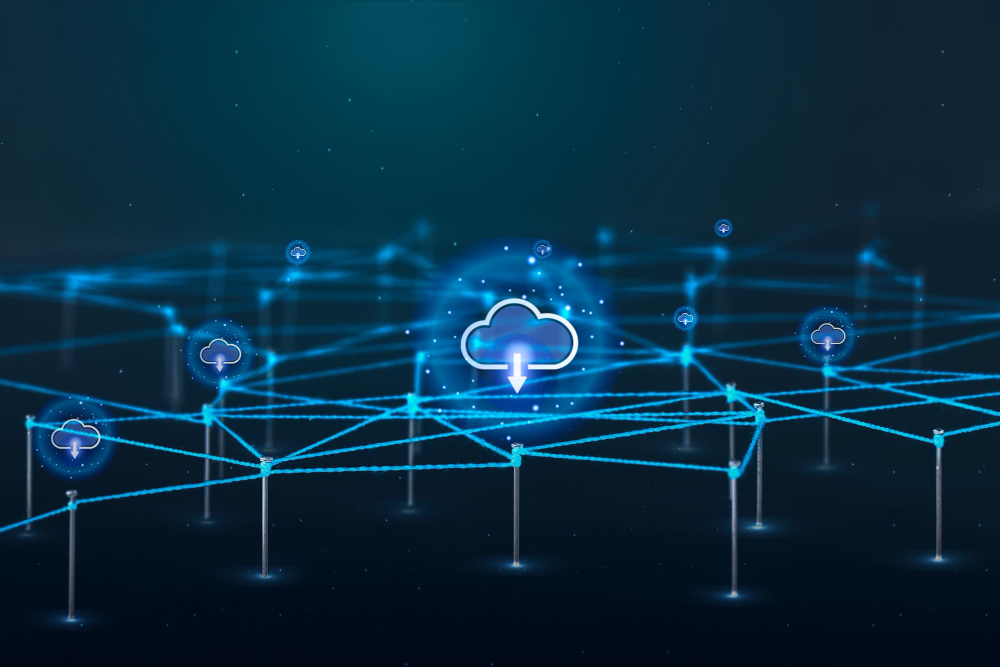The Future of Cloud Computing: Trends to Watch in 2025
Cloud computing has already transformed how businesses and individuals store, manage, and use data. As we move into 2025, this technology is evolving even faster. New trends are shaping the future of cloud computing, making it smarter, faster, and more secure. Let’s explore the key trends to watch this year and beyond.

1. Hybrid and Multi-Cloud Strategies Grow Stronger
More companies are combining public clouds (like Amazon Web Services or Microsoft Azure) with private clouds or on-premises systems. This hybrid approach offers flexibility and better control over data. Meanwhile, multi-cloud strategies, where businesses use several cloud providers at once, help avoid dependency on one vendor and improve reliability.
2. Edge Computing Expands
Edge computing means processing data closer to where it’s created, like on devices or local servers, rather than sending everything to distant data centers. This reduces delays and saves bandwidth. In 2025, edge computing will grow alongside cloud computing, especially with more smart devices, IoT, and faster 5G networks.
3. Artificial Intelligence and Machine Learning Integration
Cloud platforms are increasingly offering built-in AI and machine learning tools. This makes it easier for companies to analyze data, automate processes, and gain insights without needing in-house AI experts. Expect cloud providers to improve these services, making AI more accessible and powerful in the cloud.
4. Focus on Cloud Security and Privacy
As more data moves to the cloud, security becomes a top priority. In 2025, expect stronger encryption, better identity and access management, and new tools to detect and stop cyberattacks faster. Privacy laws are also evolving, pushing companies to handle data more responsibly in the cloud.
5. Serverless Computing and Automation
Serverless computing lets developers run applications without managing servers directly. This trend helps reduce costs and speeds up development. Coupled with automation tools, cloud users can deploy and update software more efficiently, focusing on innovation rather than infrastructure.
6. Sustainable Cloud Practices
Cloud providers are working to reduce the environmental impact of their data centers by using renewable energy and improving efficiency. In 2025, sustainability will become an important factor for businesses when choosing cloud partners, reflecting growing concern about climate change.
What This Means for You
Whether you’re a business owner, developer, or everyday user, these cloud computing trends will affect how you work and interact with technology. Cloud services will be faster, smarter, and safer, offering more tools to boost productivity and innovation.

Final Thoughts
Cloud computing in 2025 is about flexibility, intelligence, security, and sustainability. Hybrid and multi-cloud approaches give businesses control and reliability. Edge computing and AI integration bring speed and smarter insights. Security innovations protect data, while serverless and automation simplify development. All this happens with a growing focus on reducing environmental impact.
Keeping an eye on these trends will help you stay ahead in a world where cloud technology powers much of our digital lives.












